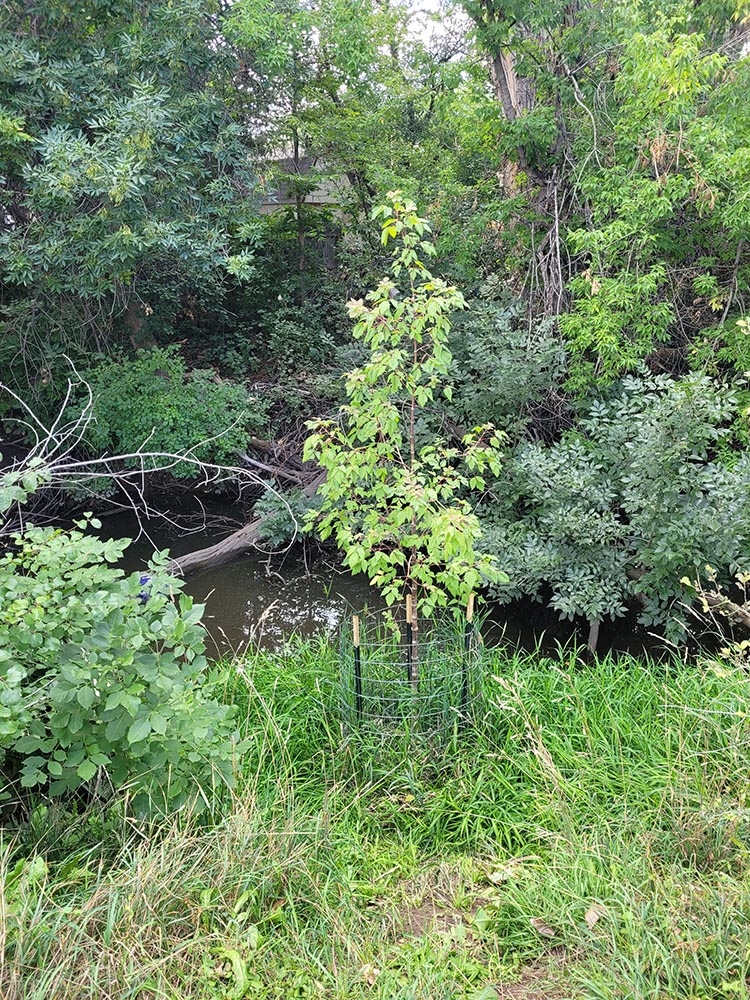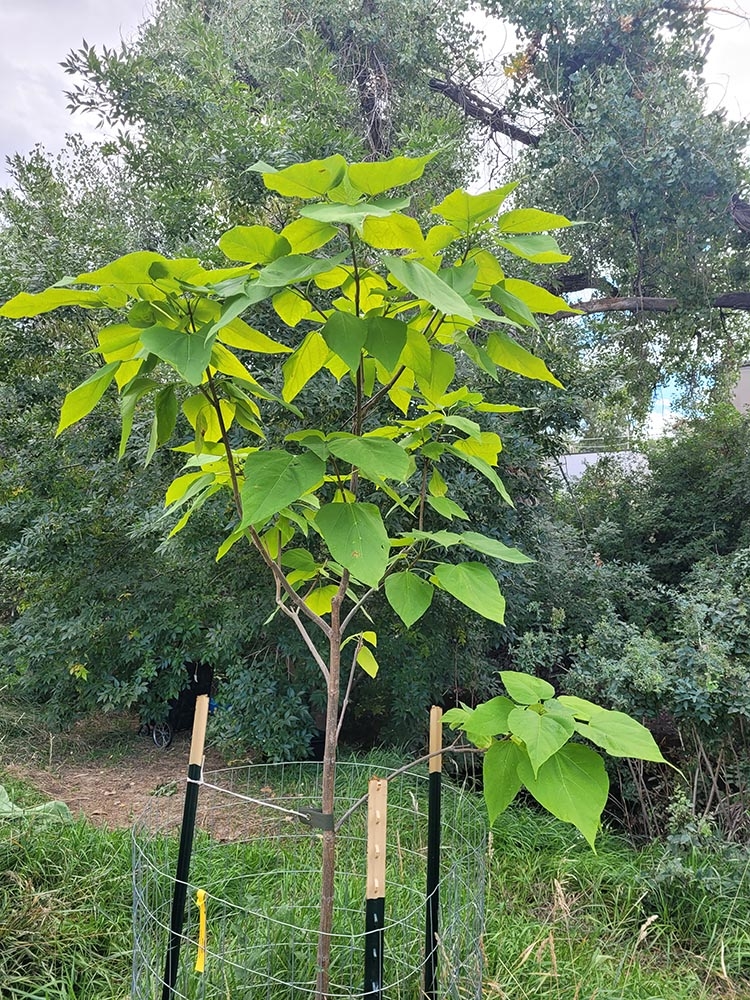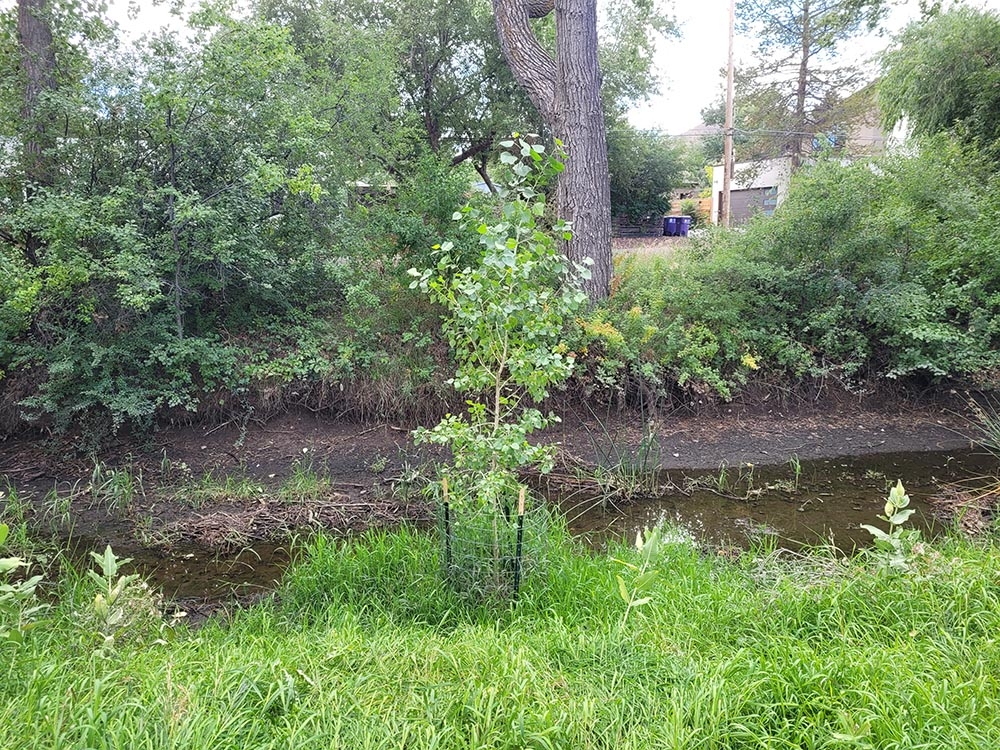What does ecological sampling tell us about urban tree health?
A year ago, I wrote a blog about a newly launched project to better understand how tree health is shaped by initial planting conditions. This question is important to answer given that 81% of urban municipalities allocate public money to tree plantings, many of which fail in the first few years. And now, increasing temperatures and drought will further complicate tree plantings in semi-arid cities like Denver, where trees need irrigation.
How do we know where to plant which trees? Or more specifically, which combinations of water, light, nutrients, and space best support the growth of different tree species? One way of knowing this is to assess tree health heuristically – that is, by learning via trial and error based on individual experience. For example, consider the wealth of information held by a city forester who has been watching trees grow across different locations in their city for several decades. An individual with such expertise can generate rules of thumb based on accumulated knowledge and meld this experiential knowledge with that of others to devise recommendations.
Another way of knowing is to use sampling techniques where data is taken in a repeatable way on a large number of trees. If we consider the web of interacting factors that shape tree health – including not only the abiotic factors listed above, but also pests, pathogens and interactions with people – it can help to use techniques that reveal both the individual and interactive roles of such factors. For example, we know that water availability strongly shapes sapling growth. And we know that light availability and soil texture strongly shape water availability. When we start to add up all these interacting variables, predicting planting outcomes can become difficult.
Let’s circle back to the project I introduced a year ago with an update. Last summer we had a field crew on the High Line Canal to measure more than 200 newly planted trees, including both native riparian species (cottonwood and boxelder) and several common street trees (honeylocust, Kentucky coffee tree, Northern catalpa, burr oak and chinkapin oak). We measured several aspects of the trees’ planting conditions, including the pivotal ones of soil moisture availability and distance to a water source (the Canal bed). My first quick delve into the data revealed a surprise: our relatively thirsty native riparian cottonwoods performed increasingly worse (in terms of height and trunk diameter) as soil moisture increased, and increasingly better the further they were from a water source—exactly counter to expectations!
I am excited to further explore why this pattern emerged. For example, is some other factor like light or soil texture co-varying with soil moisture across the Canal banks in a way that helps explain this unexpected result? Answering such questions represent the first steps of a marathon. Ultimately, my hope is that additional years of data will unfold a more predictive understanding of which trees should be planted—and where—under future conditions.
Gallery



Add new comment